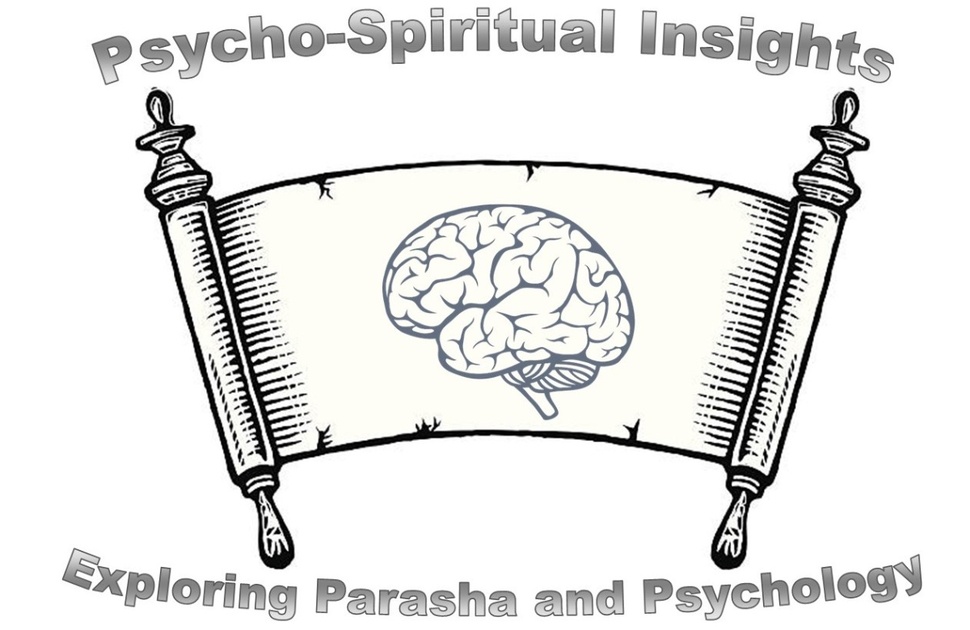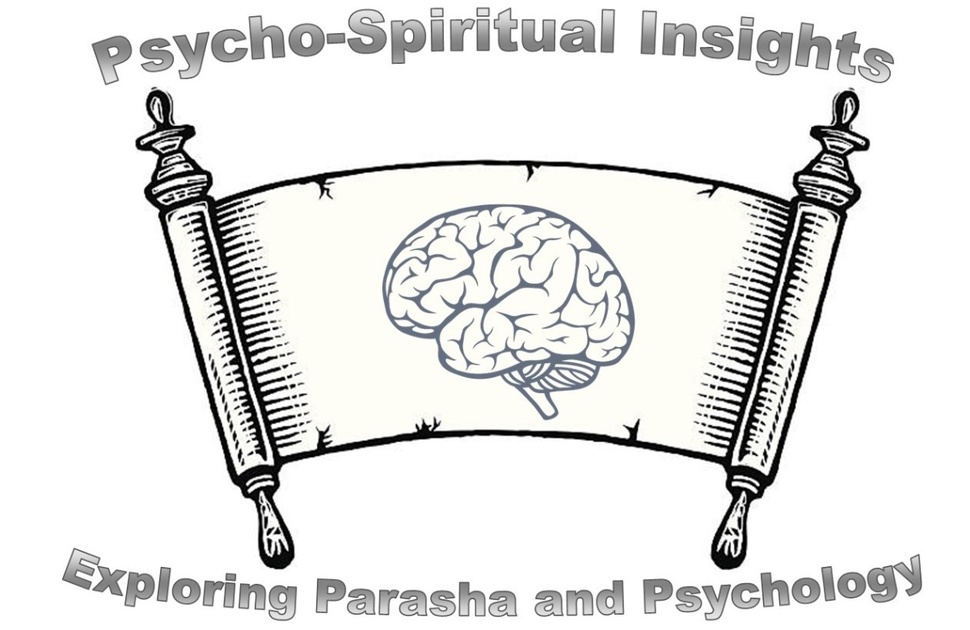
Azarat Yemi Teshuva
During Azarat Yemi Teshuva, we engage in deep introspection, reflection, and repentance, seeking forgiveness for our sins and striving to improve ourselves in the eyes of Hashem. The concept of Teshuva, or repentance, is central to these ten days. It reminds us that we are not defined by our past mistakes; instead, we have the power to change and grow. The process of Teshuva involves acknowledging our wrongdoing, feeling genuine remorse, making amends when possible, and resolving to act differently in the future. Many people say the extra Tehilim of “Le’dovid Hashem Ori Iyishi” (Psalm 27) as part of our spark towards repentance during davening. According to the Midrash Vayikra Rabbah “My Light” refers to Rosh Hashanah, and “My Salvation” refers to Yom Kippur. We might clearly understand why Yom Kippur is referred to as “My Salvation” but why is Rosh Hashanah called “My Light”?
In our process of identifying our flaws and areas of struggle many of us may come to realize that these are the same goals we aspired for in previous years, and become disheartened by our continued struggle. In the field of psychology, behavior that consistently occurs despite the fact that we are aware of its drawbacks can be compared to addictive tendencies. One of the most power techniques for overcoming addiction is the 12 Step model. The 12 Steps are a set of principles and guiding actions that form the foundation of Alcoholics Anonymous (AA) and other Twelve-Step programs, which are used to help individuals recover from various addictions and compulsive behaviors. Borrowing from these principles we can create a pathway towards cultivating true redemption from our struggles. Using this model we can also better come to understand our question above of why Rosh Hashanah is called “My Light.”
- Recognizing Our Flaws:
The month of Elul begins with a process of self-reflection and introspection. We must confront our own shortcomings and sins honestly. Similarly, the first step acknowledges our powerlessness over addiction and the unmanageability of our lives. Both paths emphasize the importance of self-awareness as a starting point for change, moving past denial towards realization of our actions.
- Surrender and Acceptance:
During selicot, we admit our sins and surrender ourselves to Hashem’s judgment. The second step similarly encourages surrender, asking individuals to believe in a higher power that can restore sanity. Surrendering our will and ego is a common theme in both processes.
- Making Amends:
Azarat Yemi Teshuva calls for the Teshuvah, which includes making amends to those we have wronged. Likewise, the 12 Steps advocate making direct amends to those harmed by our addiction. Both paths emphasize the importance of taking responsibility for our actions and seeking reconciliation.
- Personal Inventory:
The fourth step involves making a searching and fearless moral inventory of ourselves, much like the introspection encouraged leading up to Yom Kippur, we shine a light in all the dark spaces of our lives. Both processes emphasize the need to confront our past actions and their impact on ourselves and others.
- Sharing Our Wrongs:
Yom Kippur involves confessing our sins to Hashem and, in some cases, seeking guidance from a Rav related to how to gain forgiveness. The fifth step encourages sharing our moral inventory with another person, often a sponsor. Both steps promote vulnerability and accountability.
- Willingness to Change:
The sixth step focuses on being entirely ready to have our character defects removed. This mirrors the intention of Selicot, where we express our genuine desire to return to the light of the righteous path.
- Humble Transformation:
On Yom Kippur, we humble ourselves before Hashem to seek His forgiveness. The seventh step involves humbly asking a higher power to remove our shortcomings. Both emphasize humility as a key aspect of transformation.
- Making Direct Amends:
Azarat Yemi Teshuva calls for direct amends to those we've wronged, and the eighth step involves making a list of people we've harmed and being willing to make amends. Both highlight the importance of repairing relationships to heal from the past.
- Forgiveness:
Yom Kippur reminds us of Hashem’s capacity for forgiveness when we genuinely repent. Similarly, the ninth focuses on making amends, seeking forgiveness, and repairing broken relationships.
- Continual Self-Reflection:
The Yom Kippur process doesn't end on one day; it promotes ongoing self-reflection and improvement. The tenth step encourages us to continue taking personal inventory and promptly admitting when we are wrong.
- Spiritual Connection:
The importance of maintaining a spiritual connection with Hashem allows us to remain close to Him. The eleventh step reminds us that only through consistent prayer, meditation and reflection can we ensure that we will walk the righteous path.
- Service and Sharing:
The twelfth step emphasizes carrying this message to others and practicing these principles in all our affairs. This step reminds us that the work of Azarat Yemi Teshuva and Yom Kippur never end. We must consistently share this message with others through our actions and deeds to provide them with the connection and support in their times of need.
While we don’t often look towards addiction treatment for themes in religion, upon deeper examination it reveals remarkable parallels in their approach to repentance, transformation, and redemption. Both paths remind us that admitting our faults, seeking forgiveness, making amends, and nurturing a spiritual connection can lead us towards a more meaningful and fulfilling life. Furthermore, just as for many people the 12 Steps are a life long journey, our process of repentance and growth should be a lifelong process to better ourselves in the eyes of Hashem and our community.
In our repentance process we must retrace our steps, which of course includes the refocusing on the light of Hashem to which we were blind. This light is the clarity about our obligations and actions. This clarity stems from the submission to Hashems kingship, which is the theme throughout the Rosh Hashanah services. Hence the reference to Rosh Hashanah being “My Light”. Our refocusing on this light is a prerequisite to the Teshuva, which we need in order to attain our atonement on Yom Kippur. May we all consider a pathway towards redemption to be written into the Book of Life and have a Gamar Chatimah Tovah.
Elan Javanfard, M.A., L.M.F.T. is a Consulting Psychotherapist focused on behavioral health redesign, a Professor of Psychology at Pepperdine University, & a lecturer related to Mindfulness, Evidence Based Practices, and Suicide Prevention. Elan is the author of Psycho-Spiritual Insights: Exploring Parasha & Psychology, weekly blog. He lives in Los Angeles Pico Robertson community with his wife and three children and can be reached at Elan.Javanfard@gmail.com.
 Previous
Previous

